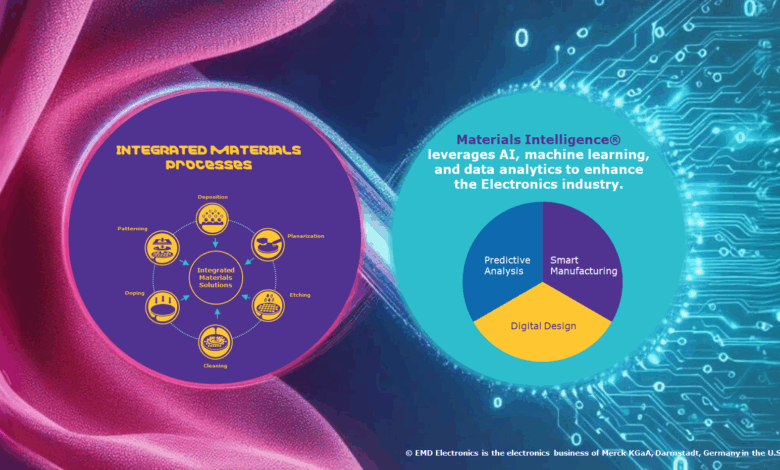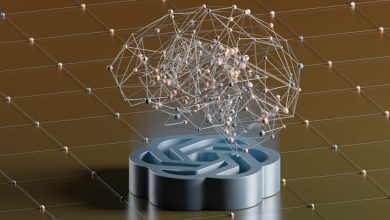
The AI boom has unleashed an unprecedented demand for data and computing power, a demand that currently outstrips our existing capabilities. As we enter the next phase of this technological revolution, the need for high-quality computer chips and the advanced materials required to produce them becomes increasingly critical. Just as AI has transformed diverse fields from software engineering to medicine, progress in the field of materials intelligence holds the potential to transform our approach to materials science and engineering.
The market for generative AI in materials science is on the rise, with projections indicating that it will grow from approximately USD 1.1 billion in 2024 to around USD 11.7 billion by 2034. This growth, driven by a compound annual growth rate (CAGR) of 26.4%, highlights the increasing importance of materials intelligence as a key component of the AI landscape.
Understanding Materials
So, what do we mean by materials? As described in a Microsoft article, material development has been an “unsung hero of human advancement.” Advances in materials science have propelled technological innovation for centuries, serving as the foundation for countless applications. Many eras of human progress were even named after materials – think about the iron age and the bronze age, and even the labeling of the digital age as “the silicon age.” In my role at EMD Electronics, I witness firsthand how our contributions to the electronic industry enable high-tech materials and solutions that are vital to our everyday lives.
For the purposes of AI, we are particularly focused on the materials used to manufacture computer chips. AI and machine learning can significantly enhance our ability to identify and optimize smarter materials, leading to greater efficiency in chip design and manufacturing.
AI in Action: Revolutionizing Materials Discovery
Traditionally, the discovery of new materials has been a long and costly process, involving extensive lab synthesis and testing. This model, however, is becoming increasingly untenable in the age of AI. The introduction of materials intelligence offers a new paradigm for addressing these challenges, meeting the demand for rapid, co-optimized, and efficient introduction and scaling of new materials.
We are already witnessing the fruits of these advancements. Advanced models have already helped us design and test new materials for high performance photoresists – the materials at core of making the tiny transistors on computer chips, as well as the optical materials that define how we interact with computers through displays. At EMD Electronics, we have developed capabilities to predict material behaviors under various conditions, identify optimal material compositions for specific applications, and enhance manufacturing efficiencies. Our successes include identifying solutions that exhibit superior performance at earlier stages of development and quickly prototyping and testing devices.
Why This Matters
The implications of materials intelligence extend far beyond individual companies or sectors. Advanced device testing capabilities harness the potential of AI in scientific discovery, driving further advancements in AI itself and accelerating innovation across various fields. By enabling the production of the right materials with the right quality, at the right place, and at the right time, materials intelligence empowers us to power the future while making resources and time more efficient.
As we navigate the complexities of the AI revolution, it is clear that materials will play a pivotal role in shaping the future of technology. By embracing this new way of thinking, we can unlock the potential of AI to drive significant advancements in materials science, ultimately leading to a more innovative and sustainable future.





